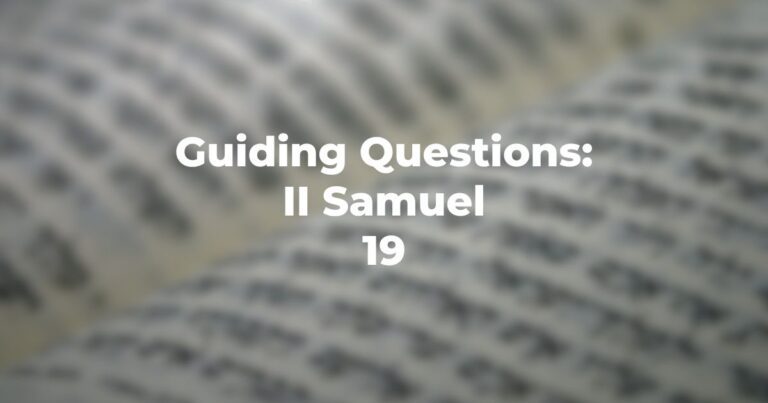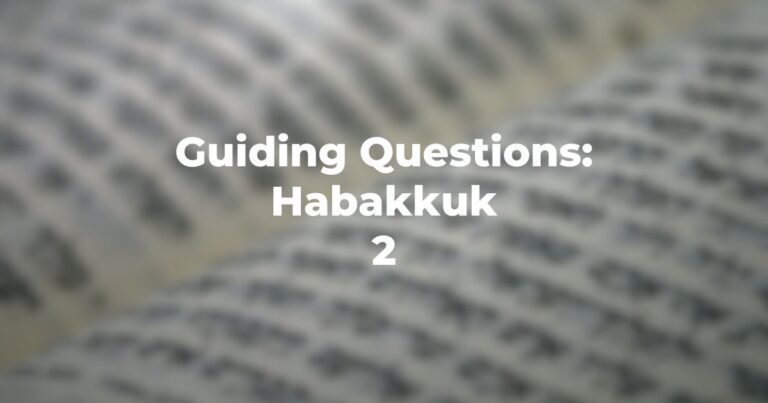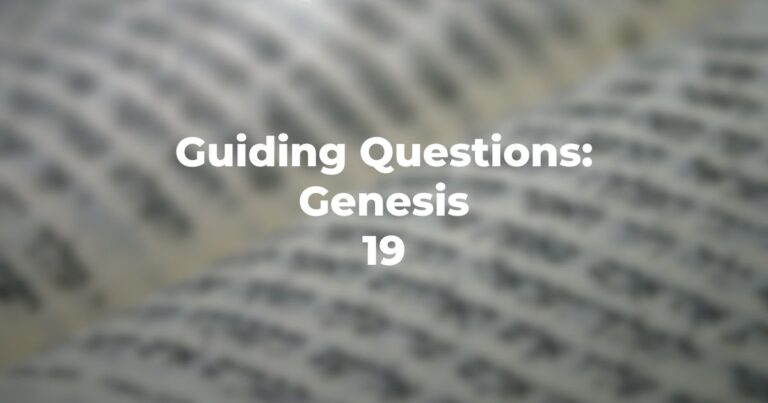- How does Genesis 8:1 imply that the Divine is forgetful – or is to be understood otherwise?
- How does the “ruah” of the text relate to the “ruah” of Genesis 1:2?
- Have the mountains of Ararat been identified geographically?
- Why is the raven sent – why not some other fowl? Sent once or many times?
- How do Genesis 8:8-11 explain the idea of the dove and the olive branch as symbols of peace (or wholeness)?
- Is there any indication of communication between God and Noah during the flood, or only prior thereto and subsequently? (Genesis 8:15)
- How does Genesis 8:17 parallel chapter 1 (Genesis 1:21-25)?
- From whence (how) does Noah know of altars – and is the cognomen of Divinity used in Genesis 8:20 the same as at the beginning of the Noah story?
- Is it coincidental that (Genesis 8:21) the word “heart” is used in connection with God (this phrasing rarely employed in TorahRefers to the first five books of the Hebrew Bible, the Tanakh, also called the Five Books of Moses, Pentateuch or the Hebrew equivalent, Humash. This is also called the Written Torah. The term may also refer to teachings that expound on Jewish tradition. Read more text)and used in connection with the descriptive of humanity?
- Does Genesis 8:21 state that the human by nature is evil from birth or from “the younger years”?
- How does Genesis 8:21 relate to the observation that the human is made in “God’s image” (Genesis 1:26)?
- What is promised to all eternity as to nature and natural phenomena?
Author
-

Exploring Judaism is the digital home for Conservative/Masorti Judaism, embracing the beauty and complexity of Judaism, and our personal search for meaning, learning, and connecting. Our goal is to create content based on three core framing: Meaning-Making (Why?), Practical Living (How?), and Explainers (What?).
View all posts





